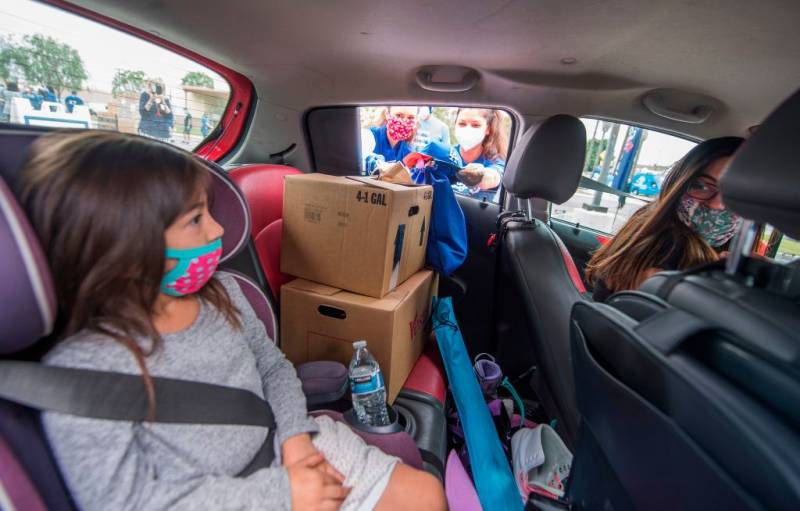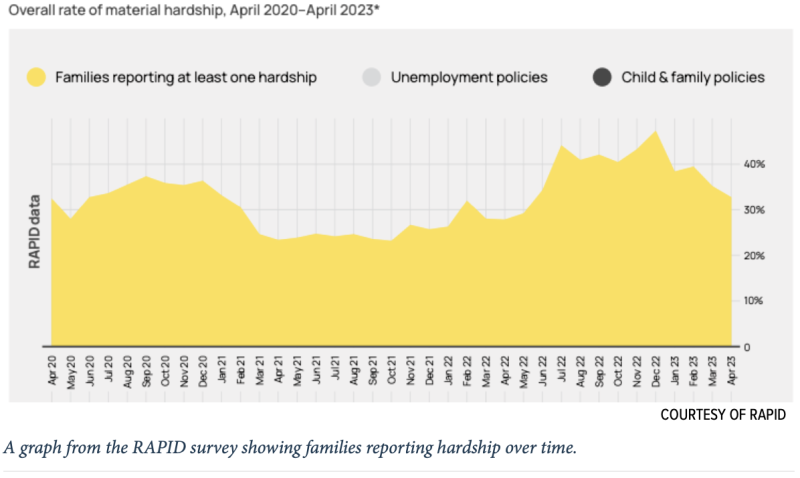“If we’re concerned about the well-being of kids, we should be concerned about the well-being of adults in the lives of children,” Fisher said. “Policies that support families’ economic stability and sufficiency are critical for supporting children’s early learning, and when we see those policies go away, we’re placing additional burden on the education system to make up for the ground that’s lost for families having this kind of hardship.”
Advocates for families with young children in California said that though the survey is nationwide, California policymakers can learn from it and put in place more policies to help children from an early age.
“Families with infants and toddlers have largely been told, ‘You’re on your own,’” said Stacy Lee, chief learning officer and senior managing director for early childhood at the advocacy organization Children Now. “The more we can do earlier on to support families, we know that that results in good outcomes for our children.”
Lee said she applauds California legislators and the governor for funding or expanding several programs in this year’s budget that will help low-income families, such as increasing subsidies for child care and capping the amount families have to pay for subsidized child care to 1% of their income. In addition, she mentioned that a budgeted increase for CalWORKs, a public assistance program that provides cash aid to low-income families with children, and CalFresh, the state’s food stamp program, and expanding free school meals to summertime will all help the lowest-income families.
“But there are still a large number of families out there who may not fit that criteria and will see continuing challenges to navigate life in the coming year,” Lee said.
Lee said programs that help alleviate poverty for families have a clear effect on children’s education.
“We all know that it makes it harder for children to concentrate at school if they’re hungry,” she said.
“I believe that this data makes clear that poverty is a policy choice,” said Mayra Alvarez, president of The Children’s Partnership, a nonprofit children’s advocacy organization based in Los Angeles. “During the pandemic, rules were put in place to make accessing services and programs easier for families. We have to ask ourselves, why can’t it always be this way?”
Alvarez said it is urgent for California to do something to help young children keep health insurance now that pandemic-era requirements to keep continuous Medi-Cal coverage have ended. She said an estimated 2 million to 3 million Californians could lose coverage, including between 800,000 and 1 million children. A law passed last year will allow children to keep Medi-Cal coverage from birth to age 5, but it won’t be implemented until 2025.
“This delay in implementation places thousands of children at risk of losing coverage unnecessarily, and it’s why we, alongside many partners, are asking the administration to move forward with implementation as quickly as possible,” Alvarez said.
This story originally appeared in EdSource.

